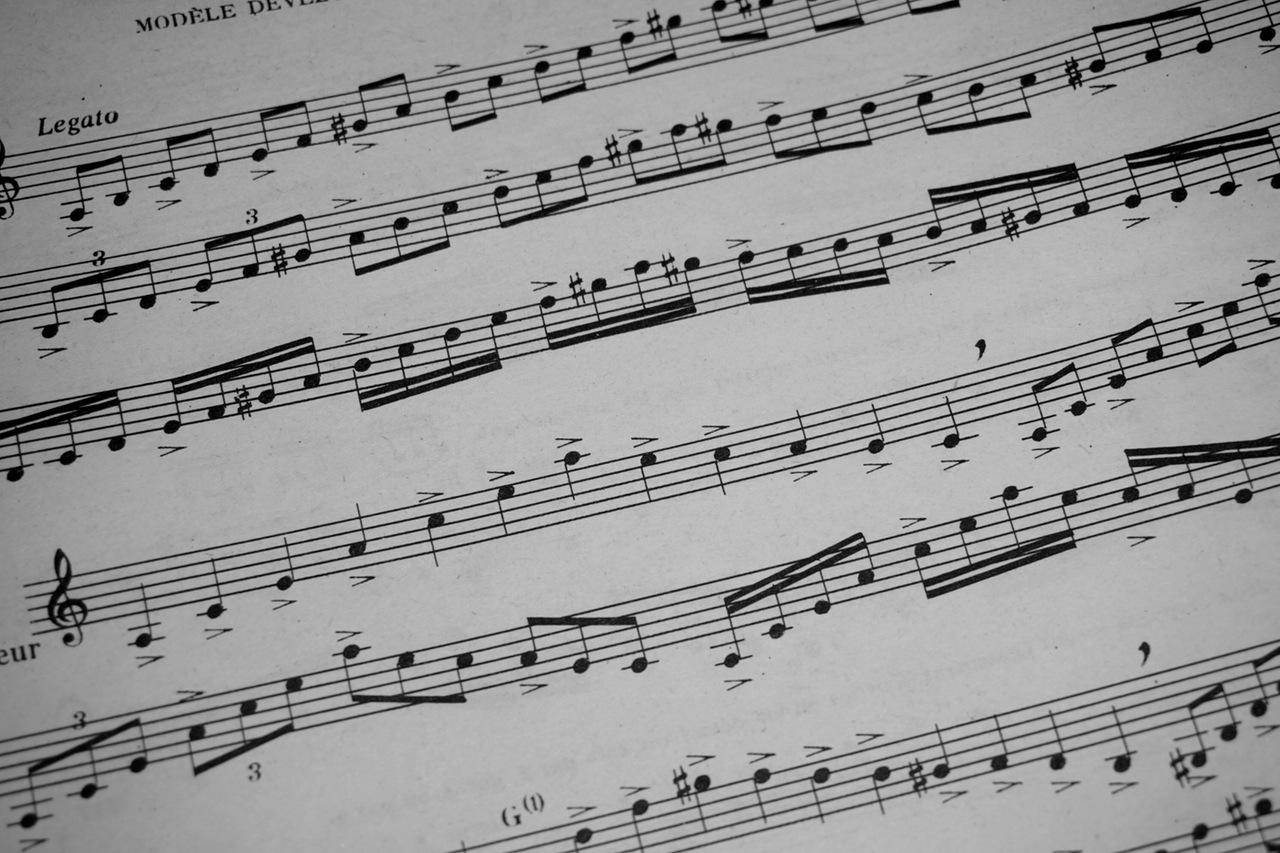Just a quick reminder that one of the most important aspects of being a professional musician is being as flexible as possible.
To that end, if you’re a French horn player, one of the most important skills to learn is how to tranpose.
Not only is it necessary if you’re doing orchestral playing, but during Christmas (and Easter) you can make a great impression on church music directors, musical contractors, and other musicians if you can do something as simple as being able to play out of a standard church hymnal.
This means being comfortable reading horn in C, as well as knowing how to read (and transpose) bass clef. It’s not difficult, but you don’t really want to try to learn this during a rehearsal or service if you’ve never done it before.
With most of my large ensemble gigs being cancelled over the past 9 months, being able to play for churches here and there is essentially the only musical outlet I’ve had. It’s also been one of the few paying gigs I’ve been able to do, with most larger ensemble performances cancelled or cut back.
Here’s a short list at what I’ve used over the past year of (limited) church work:
- Concert pitch (like horn in C) both treble and bass clef. This covers piano, organ, flute, oboe, violin, trombone, and cello parts. (Yes, I’ve covered all these at some point this year.)
- Bb alto (trumpet parts)
- Alto clef (viola part – very similar to horn in D)
That’s it – just these three have covered all my church gig needs!
If you’re looking for some tranposition resources, I have a couple here:
Happy Transposing!


Leave a Reply
You must be logged in to post a comment.